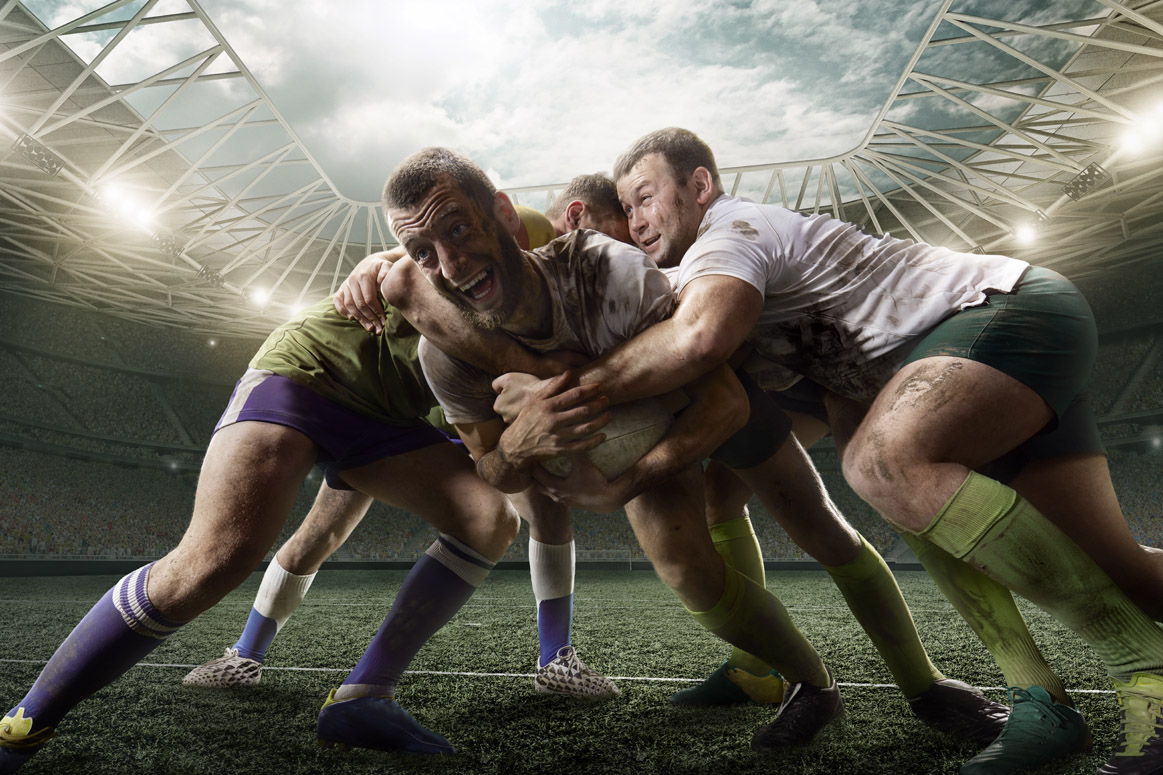Let’s talk about how warm up, cool down and REAL sports recovery can help your body!
A friend of mine has recently started training to trek Kokoda; a hike that challenges even the fittest and strongest of people. She has five months until she is set to jump on a plane, and in reality, she is going from almost a 0 fitness level.
Knowing her starting point is likely behind that of the rest of the team she will be hiking with, she has started her training program with a ferocity and intensity that she feels, is designed to help her catch up faster, so by a few months in, she will be on a more even playing field.
Most of us who work in fitness and health or who do a lot of endurance sport, know this approach is not ideal and likely won’t give my friend the result she wants. But fear of failure is really driving her to hit the gym twice a day and push until she cries.
What is most interesting about her approach — other than the fact she hasn’t sought any professional expertise to guide her — is she is so dedicated to the work out, but so oblivious to the recovery.
As a person who hasn’t done a lot of exercise or undertaken many athletic endeavours in the last ten years, she knows she has to train to get to the finish line, but she doesn’t seem to realise a lack of rest and sports recovery for her sore and overworked body could mean she won’t even make it to the starting line.
To help my friend out, I of course put her in touch with some experts for the training component of her preparation, but I also had a quick chat to her about looking after her body in between training sessions.
How to finish a training session
One of the big complaints of my friend is that she will have seven days of hiking over a 5,500m incline in total, and each morning, she will need to drag herself out of bed and ‘back up’ from the previous day.
At the moment, she’s finding she’s waking up stiff and sore from training the day before and it’s taking half her allotted training time just to loosen up and get warm.
In chatting, something we realised very quickly is she isn’t cooling down once she finished training.
I have a whole Rach’s Wrap dedicated to the importance of warming up and cooling down, but to cut a long story short, my friend was coming off a heavy hill session, heart-rate sky-rocketing, legs pumping… and then sitting on the couch.
Effectively, she was hitting a peak, and rather than allowing her body to gradually return to its resting state, she was shocking it simply by stopping. This lack of a gradual slow down, combined with no stretching afterwards — even just to judge any damage — was contributing to a much tougher start the next day and the potential for some serious injury!
Needless to say, we got her chatting to her new trainer quick-smart and ensured a cool down became a mandatory part of her routine, as it should be for any exercise regime.
Sports recovery: how to recuperate after training
With the type of intense training my friend is doing, a good and regular sports recovery session is almost essential.
This is actually the case for most people who are working out or playing sport regularly — looking to massage, spas, sauna, compression and other treatments only for injury may be partly why the injury occurred in the first place.
Recovery is really about two focal points: giving your body adequate rest so it has time to heal and you don’t burn out, and secondly, treating existing injury and preventing future injury.
To kick off a healthier approach to her training, my friend’s new trainer insisted on a routine that is a little less time-intensive and little better focused — she’ll get more out of it, but spend less time doing it, meaning more time to recover.
This meant eradicating a lot of those twice a day sessions that included activities that weren’t resulting in a lot of progress, and creating a schedule of activities that worked and optimised the different parts of her body she will be using to haul herself up these mountains.
The next step was up to me!
To really enhance the outcomes of those rest periods, we incorporated regular recovery sessions. For my friend, this consisted of very relaxing sessions watching movies in our massage chairs while sporting the latest in compression suits.
The suit stimulates blood flow through the body, improves healing time and muscle recovery and brings with it a general feeling of wellness.
To complement compression therapy, my friend spent some time in our spa and infrared sauna, to relieve the stress and soreness in her body, and also to reduce some of that built-up anxiety she has about the pending trip.
Finally, I got her on to the table, and some assisted stretching and deep tissue massage targeted her areas of most tension and injury, reduced some of the spasms she was experiencing, and helped her muscles recover from injury.
My friend will be heading off in a few months to try to conquer a pretty tough athletic challenge — especially given her starting point.
But with the right training regime now in place, and a real focus on looking after herself, recovering well and paying attention to physical and mental well-being, she’s in much better shape than she might have been had those intensive, endless gym sessions continued!
Check out our sports massage, compression therapy and infrared sauna sessions for more ways you can improve your own recovery sessions.




